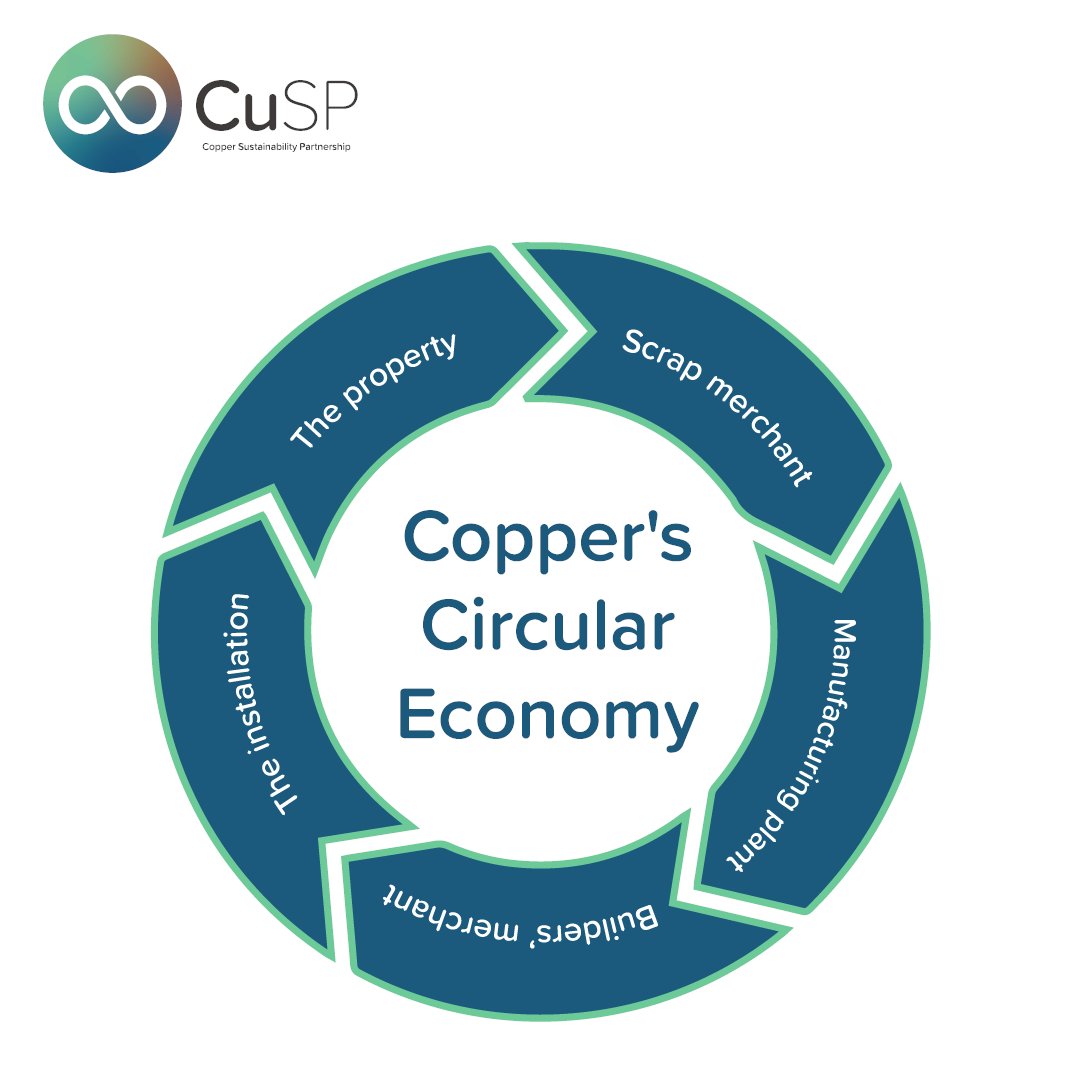
The building and construction sector has one of the largest carbon footprints of any industry, accounting for 37% of global emissions.
As the scale of ongoing global construction is only set to increase to support a growing global population – equivalent to adding the surface area of Paris to the planet every year until 2050 – more sustainable practices must be considered to reduce environmental impact while supporting economic prosperity.
The importance of sustainable materials
The choice of materials used in a building project has by far the greatest bearing on its environmental impact. Research estimates that 82–87% of a building’s emissions can be directly attributed to the embodied carbon of its materials.
Quality and longevity are essential qualities when reducing a building’s maintenance over time. The use of recyclable materials is also key in decreasing the high levels of waste generated both during construction and at the end-of-life stage.

Five sustainable construction materials
Building materials must be more carefully considered in the design stage – prioritising those with a high recycled content and infinite recyclability – if net zero targets are to be hit.
1. Steel
Steel is one of the most versatile building materials around, used to make beams, bars, plates and pipes.
It’s also one of the most sustainable, with an average global recycling rate of 80-90% (variable depending on industry) and performs well in terms of embodied carbon, with figures of 1.55 CO2e/kg and 1.99 CO2e/kg for steel sections and bars respectively.
2. Iron
Iron is used in steelmaking and plays an important role in the structural elements of buildings, as a long-lasting and durable material.
As with steel, recycling rates vary depending on the product but are estimated at 52–90%, while recycled content is 28-52%. Iron also has an embodied carbon of 2.03 CO2e/kg, which is higher than steel but low compared with other materials.
3. Concrete
Used in building foundations and flooring, concrete is known for its relatively low carbon footprint compared to other materials. It can be recovered, sorted and crushed during demolition to create recycled concrete aggregate – which can be used to make new products.
Averaged across different products, its embodied carbon is also just 0.103 CO2e/kg.
4. Aluminium
Valued for its lightness and durability, aluminium is used in roofing, walls, windows and doorframes.
It can be recycled repeatedly without any loss of quality and has an average recycling rate in construction of 92–98%, but a higher embodied carbon of 6.67 CO2e/kg.
5. Copper
Flexible, corrosion-resistant and long-lasting, copper is widely used in pipework, cladding and roofing and is an infinitely recycled material.
In Europe, it’s estimated that 70% of copper from end-of-life products is recycled, which rises to 90% in civil engineering projects. Copper also performs strongly in terms of carbon footprint, with recycled tubes and sheets having an embodied carbon of 0.84 CO2e/kg.
Building a sustainable future
The onus is now on the construction industry to shift to recyclable, low carbon construction materials to shape a more sustainable future.
To find out more, visit www.cuspuk.com or follow CuSP on social media.
